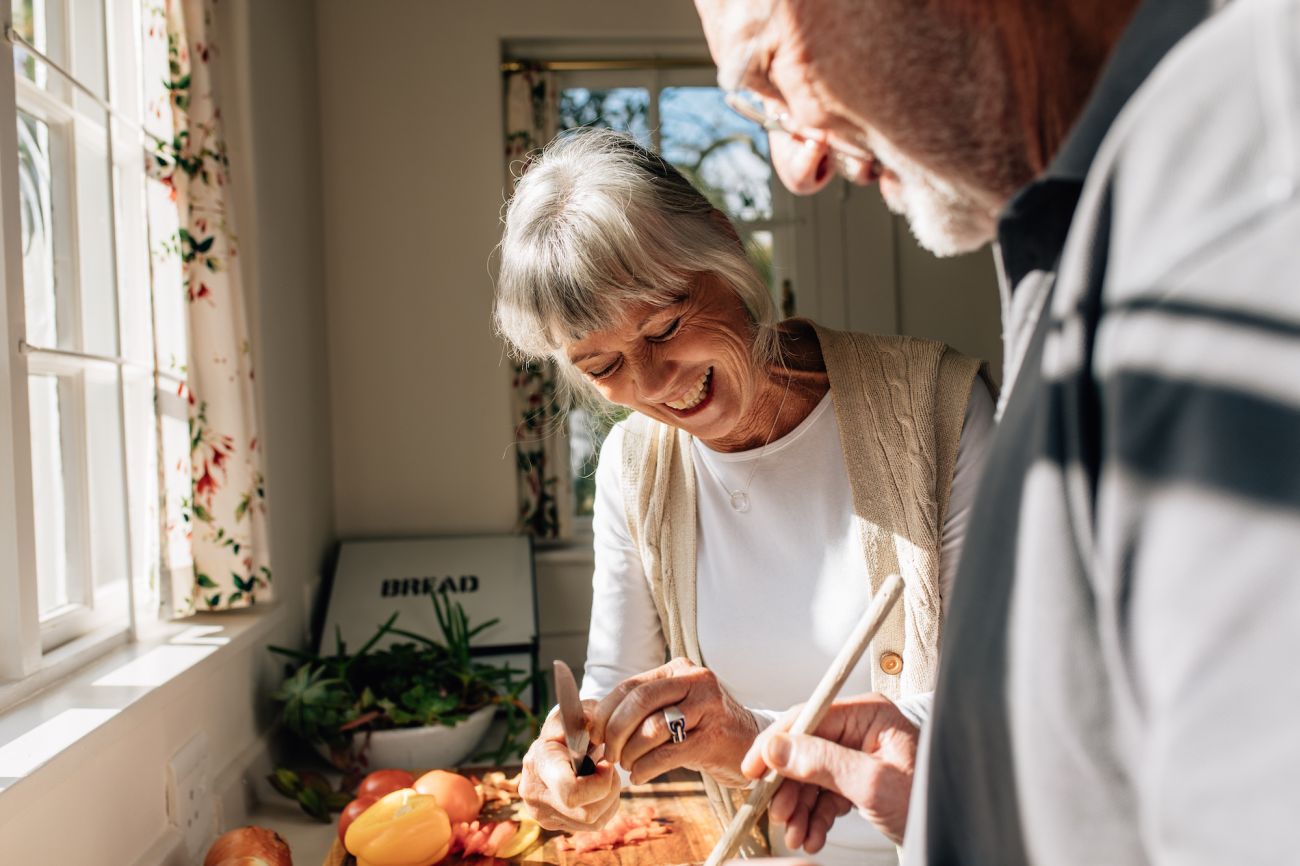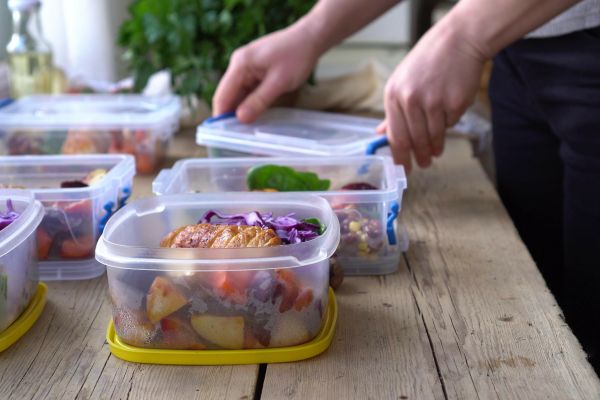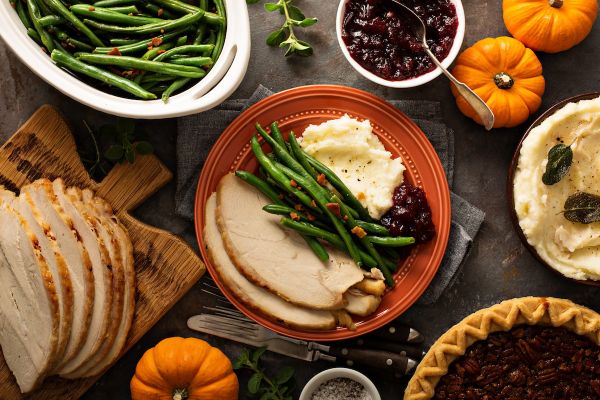Adapting your meals to fit your household
Preparing food for yourself or for you and one other person can feel difficult at times. Many recipes are written for larger portions and, even if you like to have leftovers, sometimes you might not feel motivated to cook a “whole” meal for yourself. Whether you are a young single person living on your own, a couple with grown children, or anything in between, there are ways to adapt your meal-making process to fit your household!
Plan ahead for nutritious and satisfying meals
Make preparing meals for yourself a priority and check out our article on meal planning. When grocery shopping, keeping your pantry, refrigerator and freezer stocked can help you avoid the feeling that “there’s nothing to eat.” Embracing your freezer can be tremendously helpful when cooking for one or two people, as frozen items like ready-to-cook vegetables or buying and freezing boneless chicken breasts allow you to pull out and use just what you need.
Bottled and frozen sauces can make a big difference as well, as it can be difficult to make sauces for just one or two servings. Also, consider purchasing convenience or time-saving items such as pre-washed and cut fruits and vegetables if they fit your budget in order to make pulling together meals quick and easy.
Experiment with new recipes and cooking techniques
Exploring new meal ideas can help you find dishes you are excited to try. Stir-frying foods is an easy cooking technique to make one or two servings of a dish. When it’s important to make a quick meal, consider using different kitchen appliances that you might have. For example, use a toaster oven to broil or heat a single serving of meat, an air fryer to cook foods quicker than an oven, a pressure cooker for rice or soups, or a microwave to make a baked potato and to heat up some leftover chili to go on top!
When you do cook larger scale recipes, be sure to package leftovers into multiple containers or in single servings so that you can thaw and reheat them in smaller quantities. You may find it helpful to buy reusable single-serving containers. Be sure to label and date what you are putting in the freezer as well for easy identification!
Tips for revising your favorite recipes
- Bake casseroles that call for a 9x13 dish in an 8x8 square dish or a 9-inch pie plate if you want to make only half of the recipe. If you plan to make a quarter of the recipe, try a loaf pan. The cooking time might be less, so be sure to keep an eye on your dish and check for doneness sooner than the recipe states.
- Add seasonings gradually and taste as you go when you can. When reducing recipes, you may need more or less of the spices to get to the flavor that you want.
- Different recipes might require different adjustments. When you reduce a recipe, keep notes on what worked and what didn’t for next time!
Use these quick measurement reductions to split a recipe in half.
| When the recipe calls for: | Use: |
|---|---|
| 1/4 cup | 2 tablespoons |
| 1/3 cup | 2 tablespoons and 2 teaspoons |
| 1/2 cup | 1/4 cup |
| 2/3 cup | 1/3 cup |
| 3/4 cup | 6 tablespoons |
| 1 tablespoon | 1 1/2 teaspoons |
| 1 teaspoon | 1/2 teaspoon |
| 1/2 teaspoon | 1/4 teaspoon |
Nutrition Education
Hear from some of our clinical dietitians on topics related to cancer and nutrition.
Learn More


